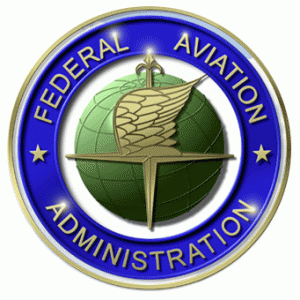 The FAA recently published InFO 15012, Logging Instrument Approach Procedures (IAP). 14 CFR Part 61 § 61.57(c)(1)(i) requires all pilots holding an Instrument rating to log a minimum of six approaches every six months to maintain currency. Do you, however, know exactly what the FAA considers an "instrument approach?"
The FAA recently published InFO 15012, Logging Instrument Approach Procedures (IAP). 14 CFR Part 61 § 61.57(c)(1)(i) requires all pilots holding an Instrument rating to log a minimum of six approaches every six months to maintain currency. Do you, however, know exactly what the FAA considers an "instrument approach?"
Methods
There are four acceptable methods to conduct an approach for the purposes of maintaining proficiency:
- Actual IMC in an aircraft.
- Simulated IMC in an aircraft (using view limiting device and with a safety pilot).
- Simulated IMC in an FAA-approved
- Flight Simulator/Full Flight Simulator (FFS)
- Flight Training Device (FTD)
- Aviation Training Device (ATD), or
- A combination of methods 1–3 as prescribed by § 61.57(c)(4) or (5).
NOTE: As of today you cannot log time in a simulator or training device without an instructor present.
Conditions
In addition to those four methods, the following conditions must be met:
- No matter the method, the pilot must operate solely by reference to instruments.
- No matter the method, the pilot must be established on each required segment of the IAP to the minimum descent altitude (MDA) or decision altitude/ decision height (DA/DH).
- When simulating instrument flight conditions, (in the aircraft or simulator/training device) the simulated IMC must continue to MDA or DA/DH.
- When in an aircraft, the flight must be conducted under actual or simulated instrument flight conditions.
- When in an aircraft under actual IMC you cannot transition to visual conditions before the final approach fix. The ceiling doesn't have to be at the MDA or DA/DH, but you must fly some portion of the final approach segment in actual IMC to get credit for the approach.
There are a couple of things to note here. The fourth condition listed above says the flight must be conducted under actual or simulated instrument conditions, which means if you log an IAP you must also log instrument time. If you are simulating IMC you must bring along an appropriately rated safety pilot, who must possess a current medical [§ 61.3(c), § 61.51, § 61.57(c) and § 91.109].
Regarding the second condition, the FAA allows radar vectors to the final approach course or other appropriate ATC clearance (your instructor or safety pilot may simulate ATC radar vectoring) in lieu of flying the initial and intermediate segments.
For more information regarding logging IAPs, including three real-world examples, read InFO 15012 at the FAA's website.
For questions/comments on this post contact Jeff via email: j.edwards [at] lancairowners.com.
